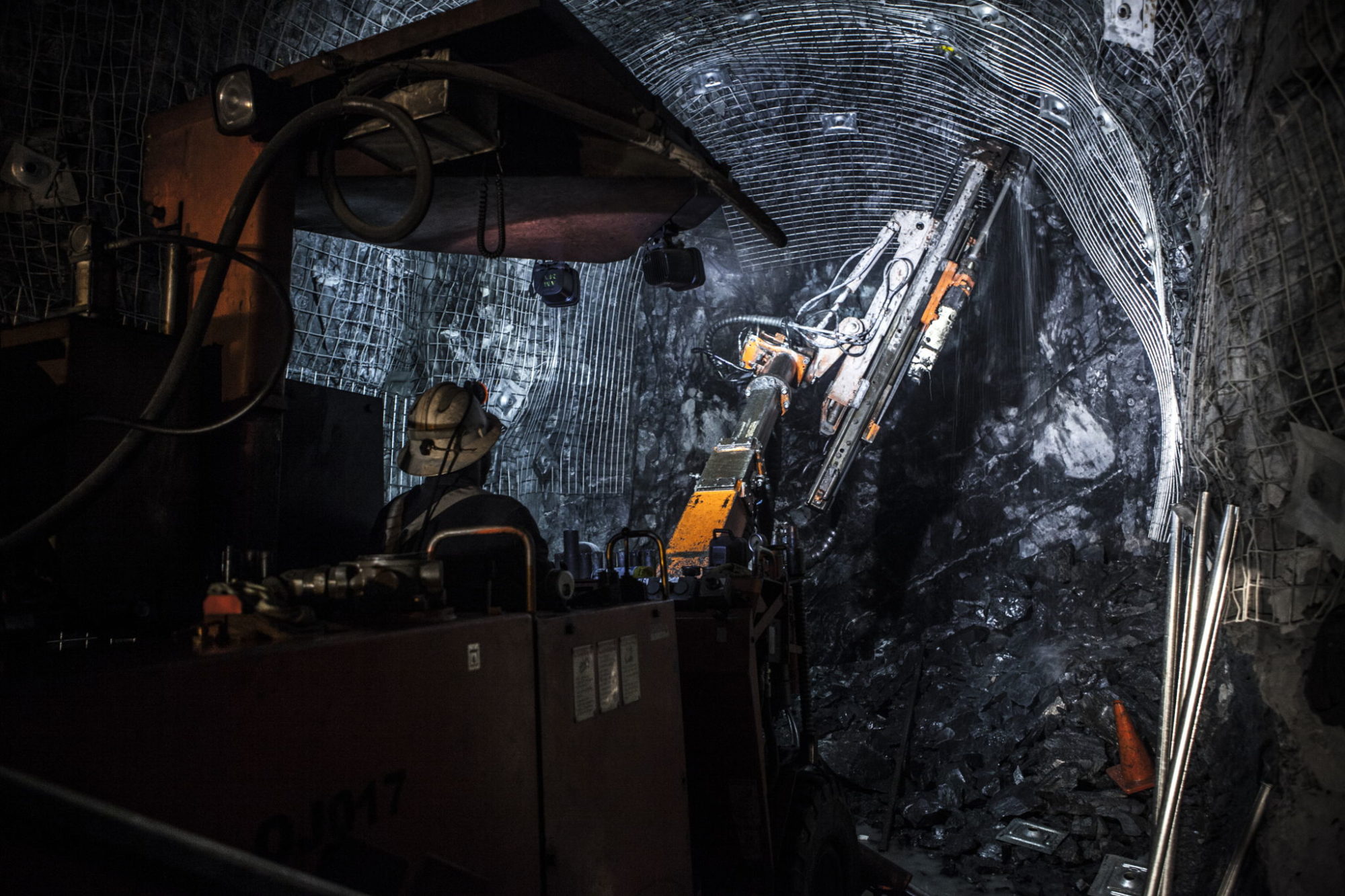Uncertainty caused by currency and interest rate fluctuations, increased cyber security and data privacy risks and operating in more technically challenging physical environments are the top threats according to global advisory, broking and solutions company Willis Towers Watson. These are the top three risks reported in Willis Towers Watson’s Natural Resources Risk Index 2016.
Natural disasters and epidemics, technology that opens up the marketplace to disruptors and vulnerability to reclamation obligations are ranked fourth, fifth and six in the Index respectively.
The company says “the risk ranking is based on interviews with 116 C-suite executives across the metals and mining sector globally. The respondents were asked to rank 50 risks according to their impact and how difficult each one is to manage.”
According to the research, mining and metals executives are also seriously concerned about the uncertainty over, and encroachment of, climate change and environmental policy (ranked #7), a lack of international mobility within the workforce (ranked #8), the difficulty attracting and retaining key talent (ranked #9) and the general shortage of industry specific skills (ranked #10).
Fred Smith IV, US Metals and Mining Leader at Willis Towers Watson, said: “Executives in the mining and metals sector who we interviewed for the Natural Resources Risk Index named currency and interest rate fluctuations as their top risk management priority. This isn’t surprising; mining and metals companies deal with incredibly complex transactions across multiple currencies and countries. An increase in borrowing costs during a period of lower commodity prices is also bad news for many companies working in the heavily capital-dependent extractives industry, particularly highly leveraged companies that may need to refinance in the near future.”
Turning to the threat posed to mining and metal companies from working in more treacherous environments, Smith said: “While oil, gas and chemicals companies have been managing technically challenging projects such as deep water drilling and production in the Arctic for many years — the issues facing metals and mining and power and utility producers are less well documented. As companies in the sector work in more physically challenging environments, it’s critical that human resources and risk functions have a coordinated strategy. This will involve addressing issues ranging from workforce safety to talent management to the challenges of managing a highly diversified workforce.”
“The mining and metals companies we surveyed are also clearly troubled by shifts in the way that today’s governments approach regulation,” added Smith. “Part of the evolving regulatory mix is a growing focus on how to deal with assets once they’ve outlived their economic lifecycle. Many governments are demanding that resource producers and users have cash on hand to decommission facilities before they will give the regulatory go-ahead for new projects, placing further strain on companies’ cash flow. The issue is a particularly acute one for mining companies.”
Despite these challenges, notes Willis Towers Watson’s report, the companies who are best at maintaining cost discipline, driving efficiencies and adapting to change will be positioned to grow market share and build competitive advantage.
“Anticipating and managing the key organisational and people risks in this rapidly evolving business environment — and taking considered risks that hold potential for reward — will be key to unlocking future potential,” according to Willis Towers Watson.











